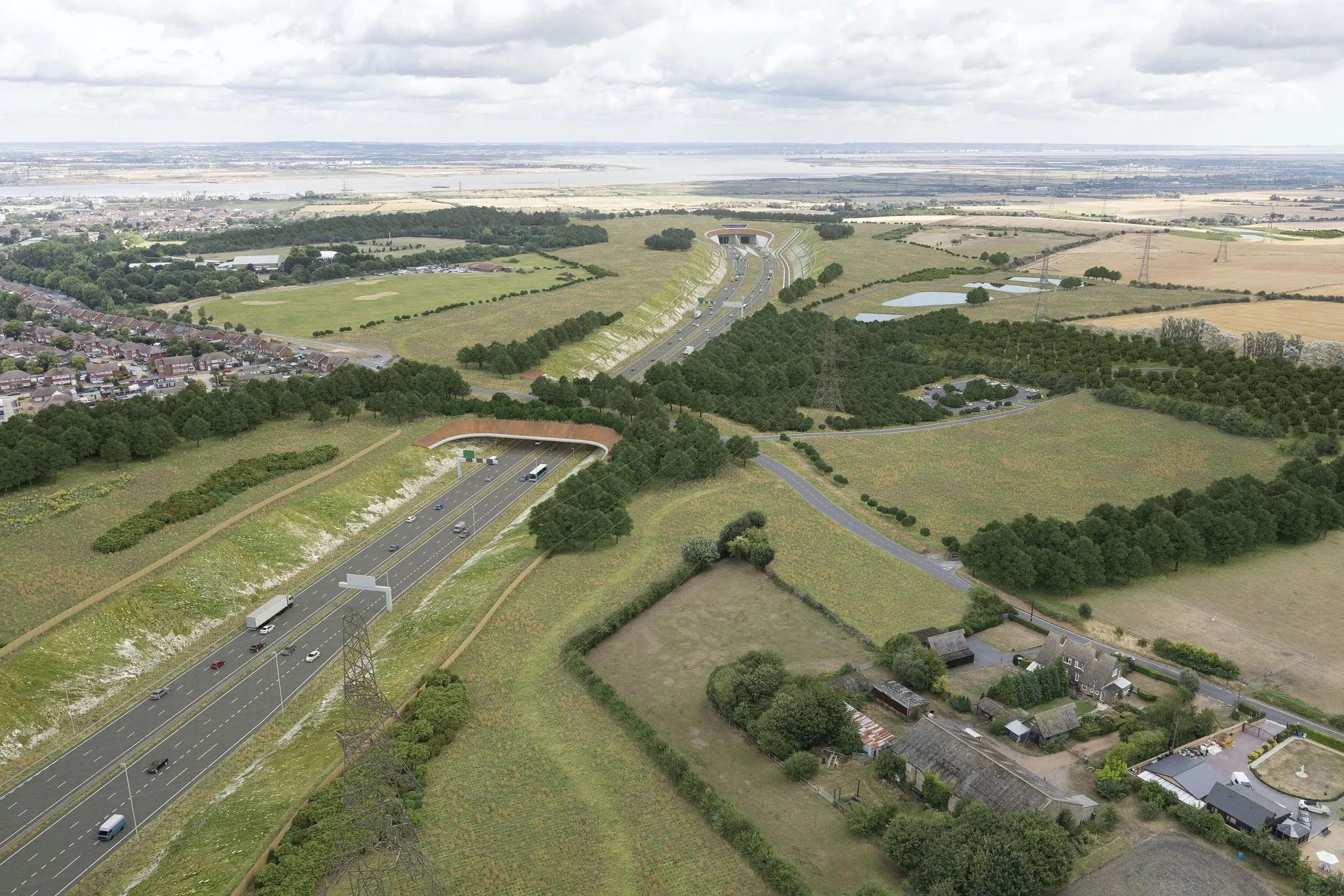The Co-operative Insurance company in the UK says that new data shows that the introduction of telematics technology is leading to better driving behaviour from Britain's young road users. Intelligence gathered from the company’s 'smartbox' scheme shows that 35% are consistently showing 'excellent' driving while less than 5% demonstrate 'poor' driving habits.
The Young Driver scheme, launched just over a year ago, measures driving behaviours including speed, braking and cornering. It then scores these from
June 25, 2012
Read time: 2 mins

The 6010 Co-operative Insurance company in the UK says that new data shows that the introduction of 1681 Telematics Technology is leading to better driving behaviour from Britain's young road users. Intelligence gathered from the company’s 'smartbox' scheme shows that 35% are consistently showing 'excellent' driving while less than 5% demonstrate 'poor' driving habits.
The Young Driver scheme, launched just over a year ago, measures driving behaviours including speed, braking and cornering. It then scores these from one (poor) to five (excellent) and rewards discounts on insurance premiums to those who score consistently well.
David Neave, director of general insurance for The Co-operative, said: “The data shows that the vast majority of our customers are responding well to a ‘carrot’ rather than ‘stick’ approach, improving their driving skills because they are rewarded for doing so. Our scheme is only in its infancy, but it is clear that if telematics was taken up on a larger scale it could be a major step forward in improving road safety.”
The Young Driver scheme, launched just over a year ago, measures driving behaviours including speed, braking and cornering. It then scores these from one (poor) to five (excellent) and rewards discounts on insurance premiums to those who score consistently well.
David Neave, director of general insurance for The Co-operative, said: “The data shows that the vast majority of our customers are responding well to a ‘carrot’ rather than ‘stick’ approach, improving their driving skills because they are rewarded for doing so. Our scheme is only in its infancy, but it is clear that if telematics was taken up on a larger scale it could be a major step forward in improving road safety.”










